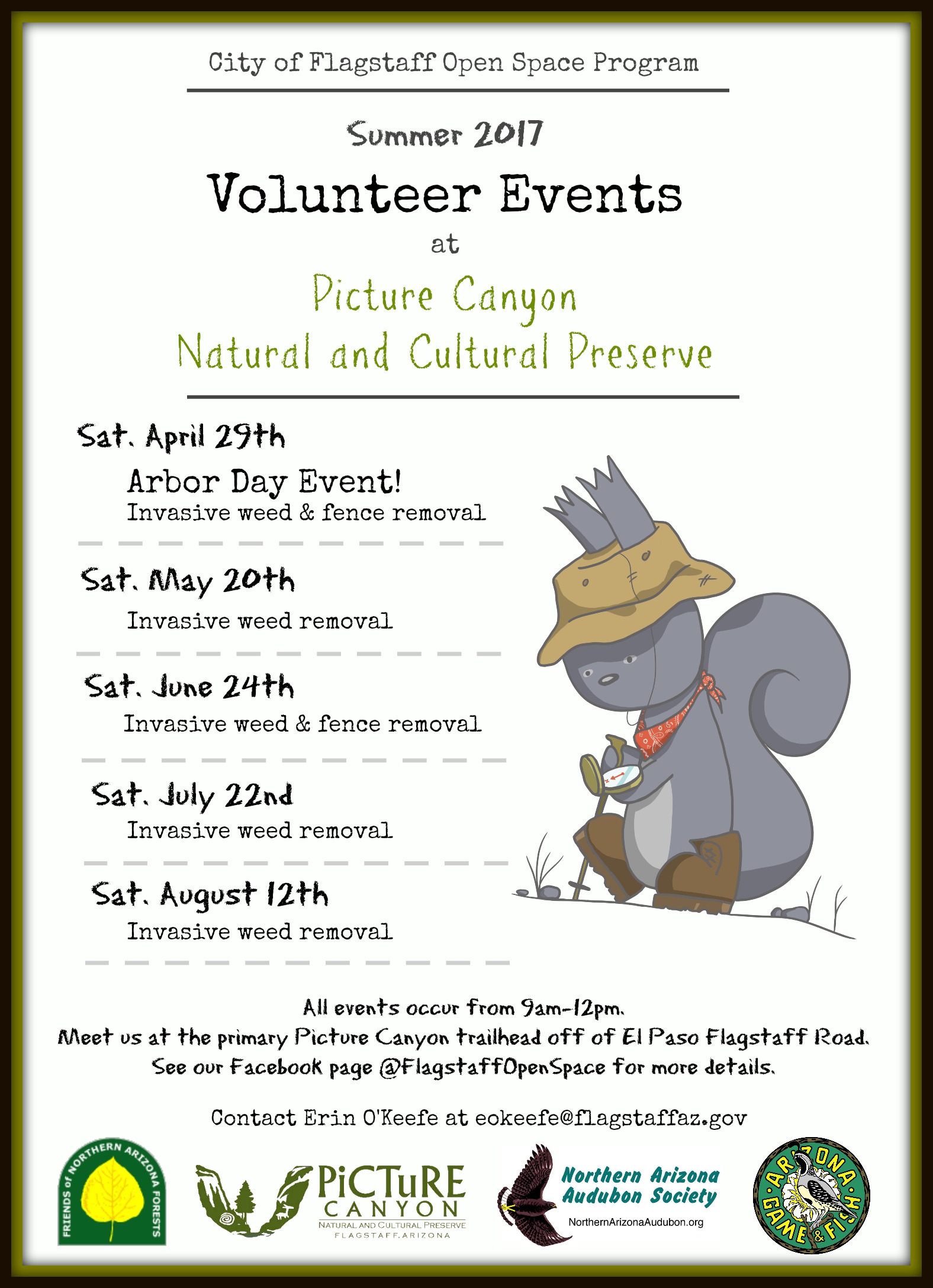
Week 3 Rio Awareness
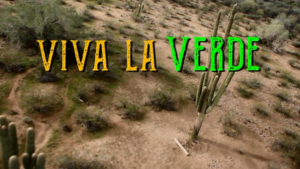
Groundwater pumping directly affects rivers like the Verde River, Arizona’s last remaining perennial river. Click the image above to watch the Viva La Verde trailer produced by a group of partners in the Verde Valley.
We have reached Week 3 of our Rio Awareness campaign and this week’s theme is “Groundwater: the hidden, critical resource of the Southwest.”
Groundwater plays a vital role in supporting riparian habitats in Arizona including places like Oak Creek and the Verde River. We also rely upon groundwater for our water supply.
In Arizona, about 43% of drinking water originates from groundwater. Similarly, in Flagstaff about 40% of drinking water is drawn from the Lake Mary, Woody Mountain, Inner Basin, and local “in-city” wells. This precious resource is pumped from the C aquifer thousands of feet below the Earth’s surface. The C aquifer overlies the Redwall-Muav aquifer and these two aquifers, along with perched water-bearing zones, comprise groundwater storage on the Coconino Plateau.
Recharge to the C aquifer usually only occurs when snow is melting and running off, and only 2 to 4 percent of all annual precipitation contributes to this recharge (Guest Column to the AZ Daily Sun, March 2016). While snowmelt and rainfall provide some recharge to the aquifer, groundwater pumping has and will continue to affect the environments supported by groundwater. As we plan for the future it will be especially important to consider these tradeoffs as our community grows and the climate changes.
We have just over two weeks left of our fundraising campaign and so far we’ve raised over 40% of our $4,500 goal to support another year for our VISTA member, Chelsea. Please help us meet this goal before April 22nd by visiting our GoFundMe page, “Discovering Science along the Rio“.
Follow us on Facebook during our fundraising campaign to discover something new about the Rio every day!
Week 2 Rio Awareness Campaign
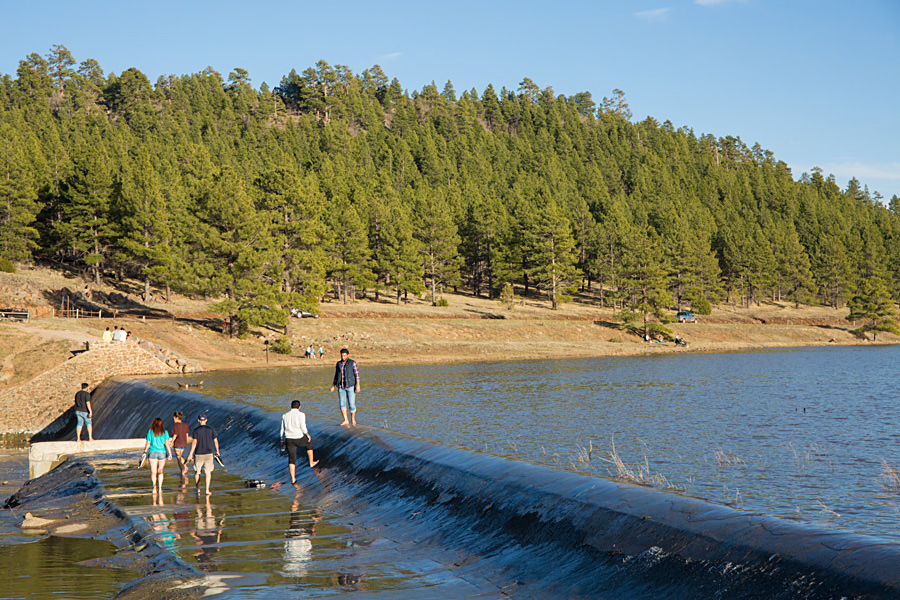
Visitors at Upper Lake Mary get their feet wet as water spills over the dam for the first time since 2010. March 17, 2017
Springs and lakes in the Flagstaff area
During Week One of our campaign, we focused on the importance and challenges of wastewater use in Flagstaff and the Southwest. Read our guest column on the topic published last week in the AZ Daily Sun.
This week we focus on springs and lakes in the Flagstaff area. Both provide critical habitat for wildlife as well as unique recreational opportunities for residents and visitors. Consider visiting some of the springs of the Rio de Flag watershed on your own (see this list of springs with directions) or during Jack Welch’s “Where’s the Water?” walk series in April and May (here’s the schedule).
Springs and lakes supply an important source of drinking water for the Flagstaff community. Today, Upper Lake Mary is at 100% capacity meaning that a greater percentage of our drinking water will originate from the lake over the course of this year.
Follow us on Facebook during our fundraising campaign to discover something new about the Rio every day!
Celebrate Water Awareness Month in April with the Flagstaff Water Division!
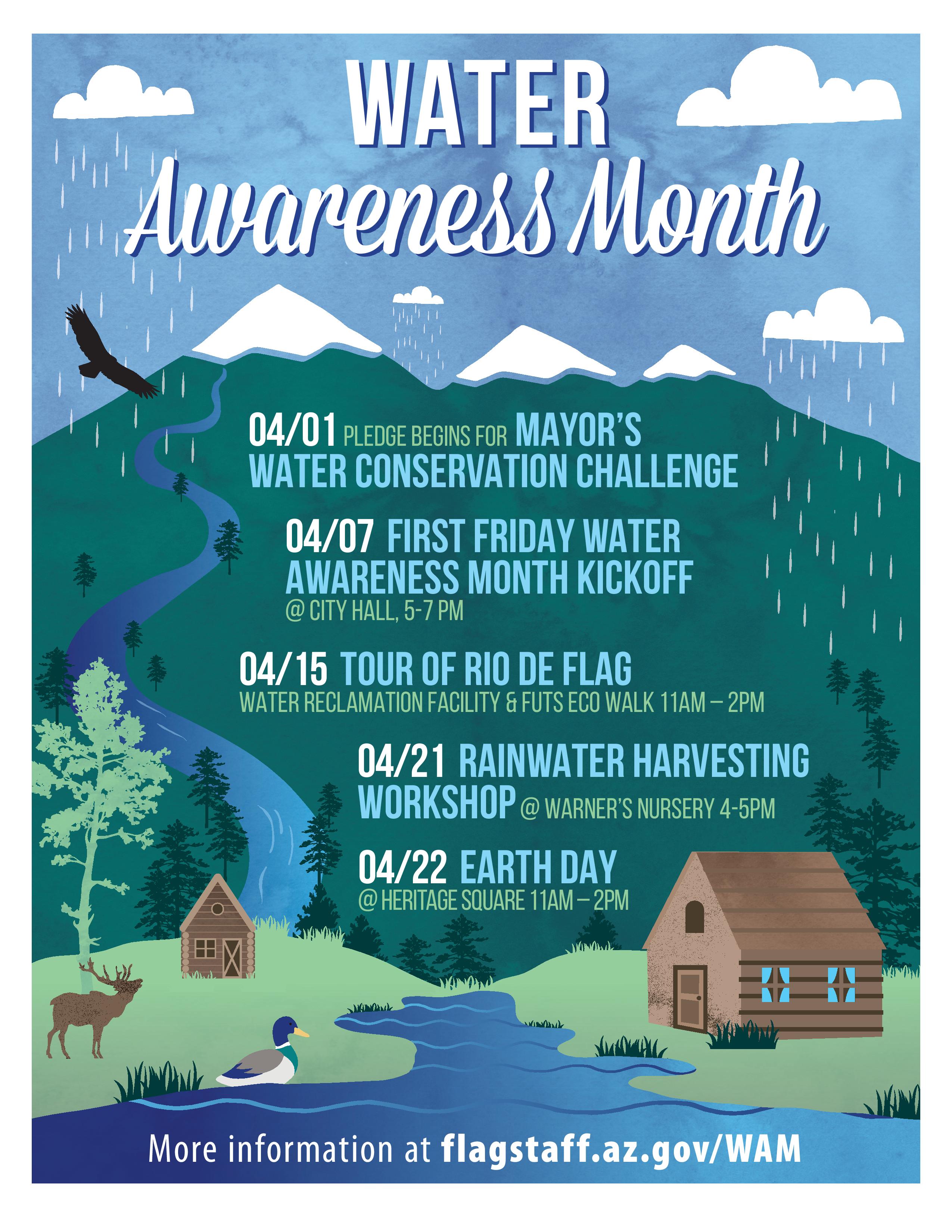
April 6th @ 6pm: Update from the Board

Board members of the Friends of the Rio de Flag with Mayor Coral Evans at the Rio de Flag in front of City Hall prior to their meeting to discuss the future of flood control for this section of the Rio. March 10, 2017
The Board of the Friends of the Rio de Flag has been busy at work on a number of projects and initiatives! As such, we would like to dedicate the April 6th membership meeting to an update from the Board and discussion with membership. The following will be covered:
- Master Rio Plan – partnerships and draft components of the plan
- Flood Control Project – discussions with Mayor Evans and City Manager Josh Copley
- Low Impact Development – suggestions for Water Commission
- Community Outreach – stakeholder meeting and community survey
- Adopt-the-Rio – classroom presentations and field trips
- Stream Team – data collection in the county
- Volunteer Opportunities
Join us at 6pm on Thursday, April 6th at the Montoya Community Center for a fruitful discussion with the Board!
Walk the Walk with Jack Welch – Rio de Flag Series
Join Jack Welch as he takes us on a tour of the Rio de Flag during his “Where’s the Water?” series in April and May. If you haven’t joined Jack in the past, this is a great time to check out his Walk the Walk program! You can find the schedule here. Thanks, Jack!
World Water Day encourages us to ask “why wastewater?”
Arizona Daily Sun • March 22, 2017 • Special to the Daily Sun by Chelsea Silva
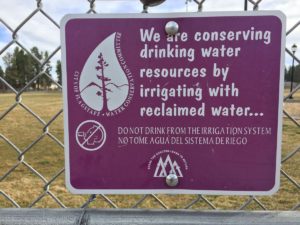
A purple reclaimed wastewater irrigation sign in Flagstaff.
The purple signs indicating use of reclaimed water that are scattered throughout Flagstaff are a familiar sight for the average Arizonan. If you aren’t familiar with the purple pipes and signs don’t worry – as a transplant from Idaho, a state rich in fresh water resources, I had very little experience with reclaimed water prior to moving to Arizona.
But for the sake of this article, let me bring you up to speed: reclaimed, or recycled, water is treated wastewater. In Flagstaff, the Wildcat Hill and Rio de Flag water reclamation plants deliver treated water for irrigation of public spaces, manufacturing, and a variety of other purposes. Reclaimed water accounts for 20% of water delivered to the community.
In addition to the reclaimed water delivered to its customers, Flagstaff discharges 100 gallons per minute of reclaimed water into the Rio de Flag. The flows provided for the stream by this reclaimed water support wildlife habitat, groundwater recharge, and recreational opportunities for residents and visitors alike.
Arizonans are accustomed to the idea of reusing wastewater, but this is not the case globally. Worldwide, over 80% of wastewater produced by society flows back into the environment without being treated or reused.
And that’s why this year’s theme for World Water Day asks us to consider, “why wastewater?” This day of action, held every year on March 22nd, is an effort to take on the global water crisis.
But in the arid State of Arizona, reclaimed water use has become necessary to meet our daily water demands. And so, you might be thinking to yourself, “Why wastewater?! Well, out of necessity, of course!” But the global organizers of World Water Day are challenging you and me to think beyond necessity. What can we do as individuals and a community to address decreasing water supplies and growing water demands?
As an individual, you can reduce your freshwater consumption by irrigating with grey water- wastewater that originates from your washer, bathtub, or sink (but not the kitchen sink, dishwasher, or toilet). Additionally, you can sign up for Conserve2Enhance (C2E) to track your water savings and donate the money you save on your water bill to local environmental enhancement projects.
Make sure to check with the City of Flagstaff regarding the specifics of using grey water, as well as to take advantage of City rebates that support high-efficiency toilets, rainwater harvesting, and xeriscaping.
As a community, we can work together to address two uncertainties associated with wastewater. First, we can support further research on the potential health effects of wastewater on humans and the environment. Second, we can encourage further discussion regarding the 20-year agreement between the City of Flagstaff and Arizona Fish and Game which provides in-stream flows to the Rio de Flag. The agreement will end in 2030, and we need to be proactive in opening these discussions. These flows provide important riparian habitat and create a unique amenity for Flagstaff residents.
Why wastewater? Share your thoughts with us on our Facebook page.
A Message from Chelsea: Discovering Science Along the Rio
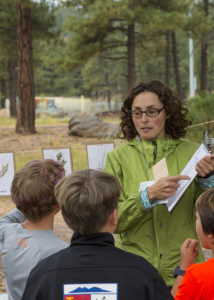
Chelsea explains how to fill out a plant data collection sheet during a BioBlitz at Frances Short Pond, September 2016.
What an exciting year I’ve had as an AmeriCorps STEM VISTA member with Friends of the Rio de Flag working with Flagstaff schoolchildren and teachers. Our local stream, the Rio de Flag, is the biological heart of our community and flows through most neighborhoods. The Rio is a great outdoor classroom for the sevens schools that I worked with when they joined our new Adopt-the-Rio de Flag Stewardship program.
I’d love your support to continue for another year as a STEM VISTA member, building on the success of the Adopt-the-Rio program and developing a new program for citizen science, which will ask for community volunteers to monitor and collect environmental data along the Rio. My goal is to inspire a lifelong stewardship of the Rio’s remarkable educational, recreational, and biological resources.
The Friends of the Rio de Flag needs to raise $3,500 in matching funds so we can again be a Project Host Site for my position, and we’d like to raise an additional $1,000 for materials to be used in these projects for a total of $4,500.
Please help reach our goal of $4,500 by Earth Day on April 22nd! Donate today and make sure to “Share” our GoFundMe project on your Facebook!
Follow us on Facebook during our fundraising campaign to discover something new about the Rio and our watershed every day!
March Walk the Walk with Jack Welch
Last month we goofed up and forgot to post Jack’s February Walk the Walk series! Our sincere apologies to anyone who missed out! If you are interested in receiving notices directly from Jack, you can always email him at ADILLLO@aol.com. Please see this schedule (updated 3/13/2017) for Jack’s March walks.
March 2nd @ 6pm: The Future of Water-Based Recreation in Northern Arizona
Membership Free Meeting: The Future of Water-Based Recreation in Northern Arizona
Charles Hammersley, PhD, NAU
Thursday, March 2nd at 6pm
Montoya Community Center
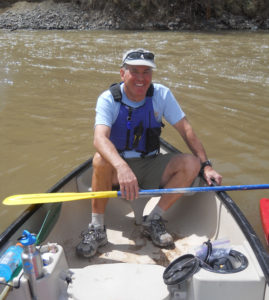
Chuck Hammersley canoeing the Verde River.
Water-based recreation activities comprise an important source of revenue and enjoyment for visitors and residents alike in Northern Arizona. However, development and groundwater pumping projects threaten recreation along many waterways in this part of the state.
Join us on Thursday, March 2nd for a discussion of these issues related to the Verde River and Fossil Creek. We will hear from Dr. Charles Hammersley, Professor in the NAU Parks and Recreation Management Program, who has lived in Flagstaff for the past 20 years and has served as the first Chairman of the Coconino County Parks and Recreation Commission and was a member for 12 years. He has also served as Chair and member of the Flagstaff Parks and Recreation Commission for seven years. He was a member of the 2003 Coconino County Comprehensive Planning Commission and he also created, organized and directed the Verde River Canoe Challenge from 1999 to 2012.
We hope you can join us for Dr. Hammersley’s presentation this Thursday!
